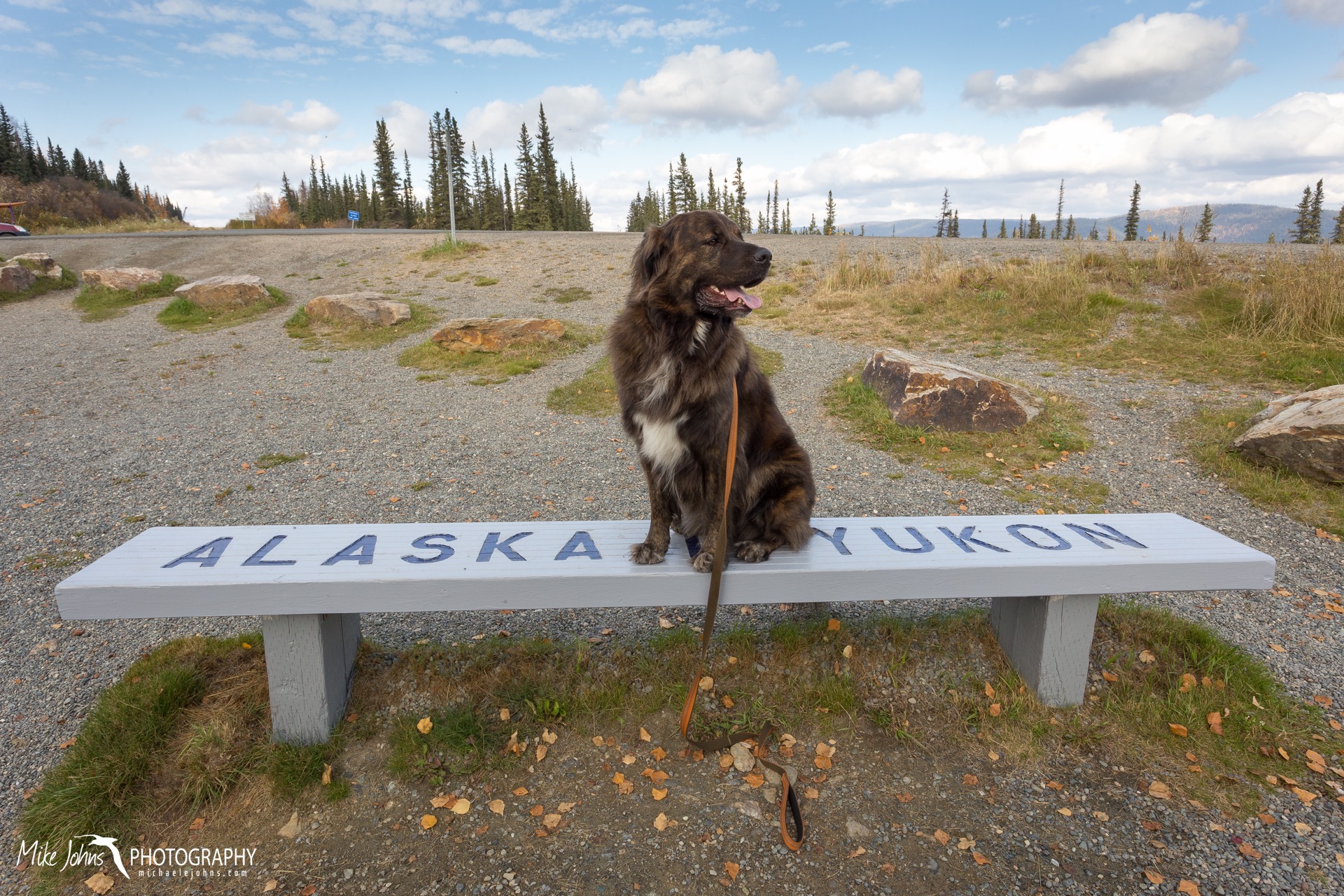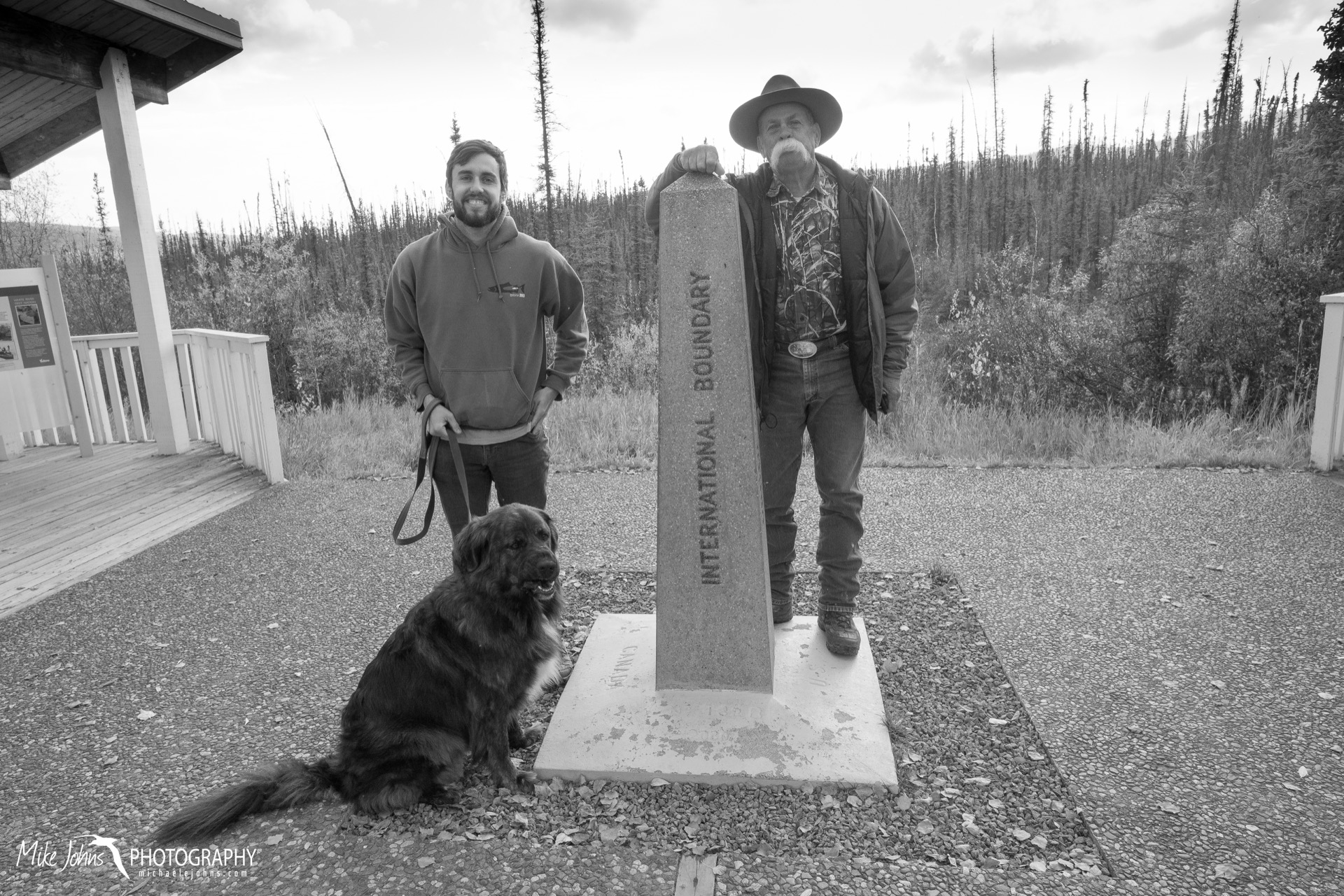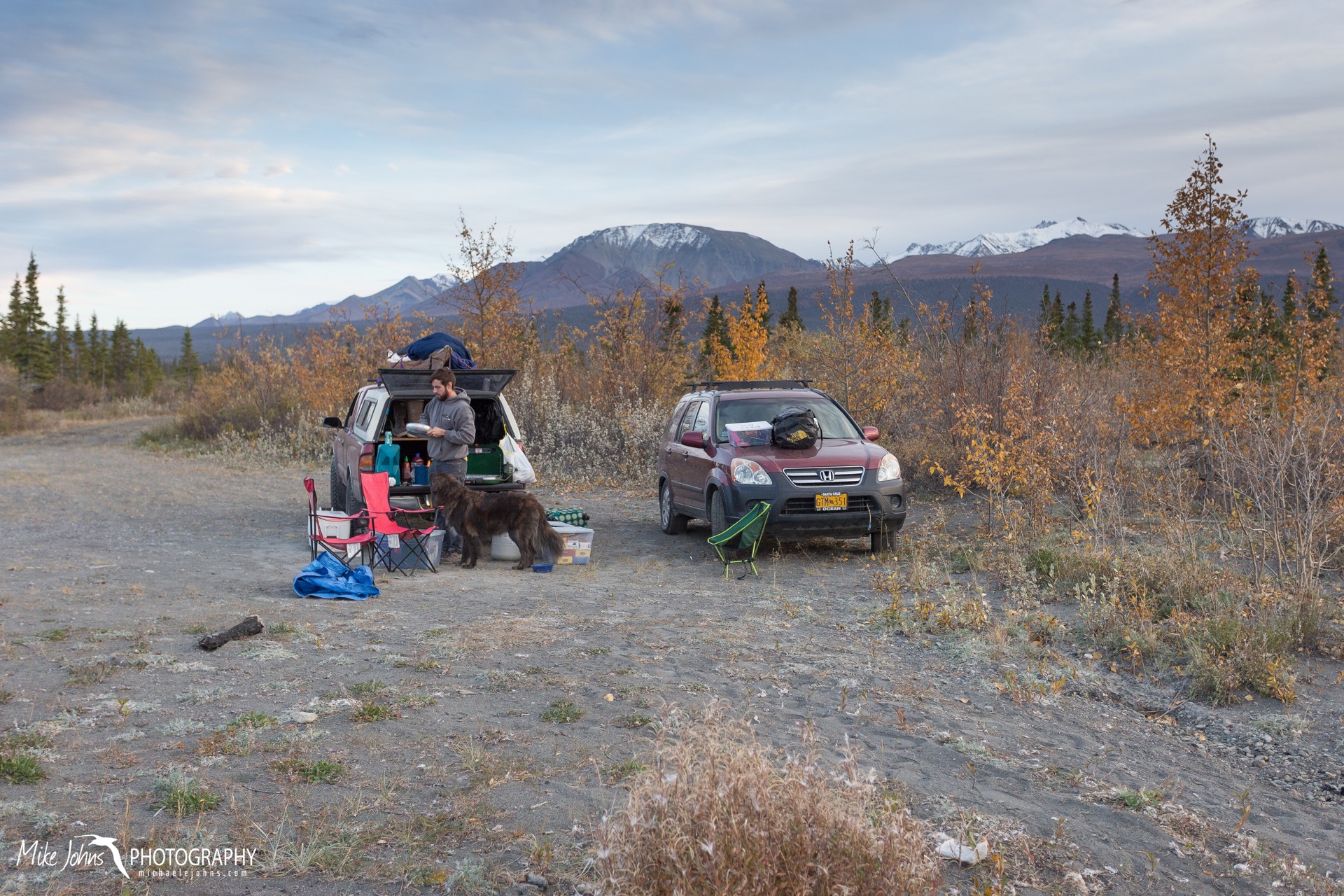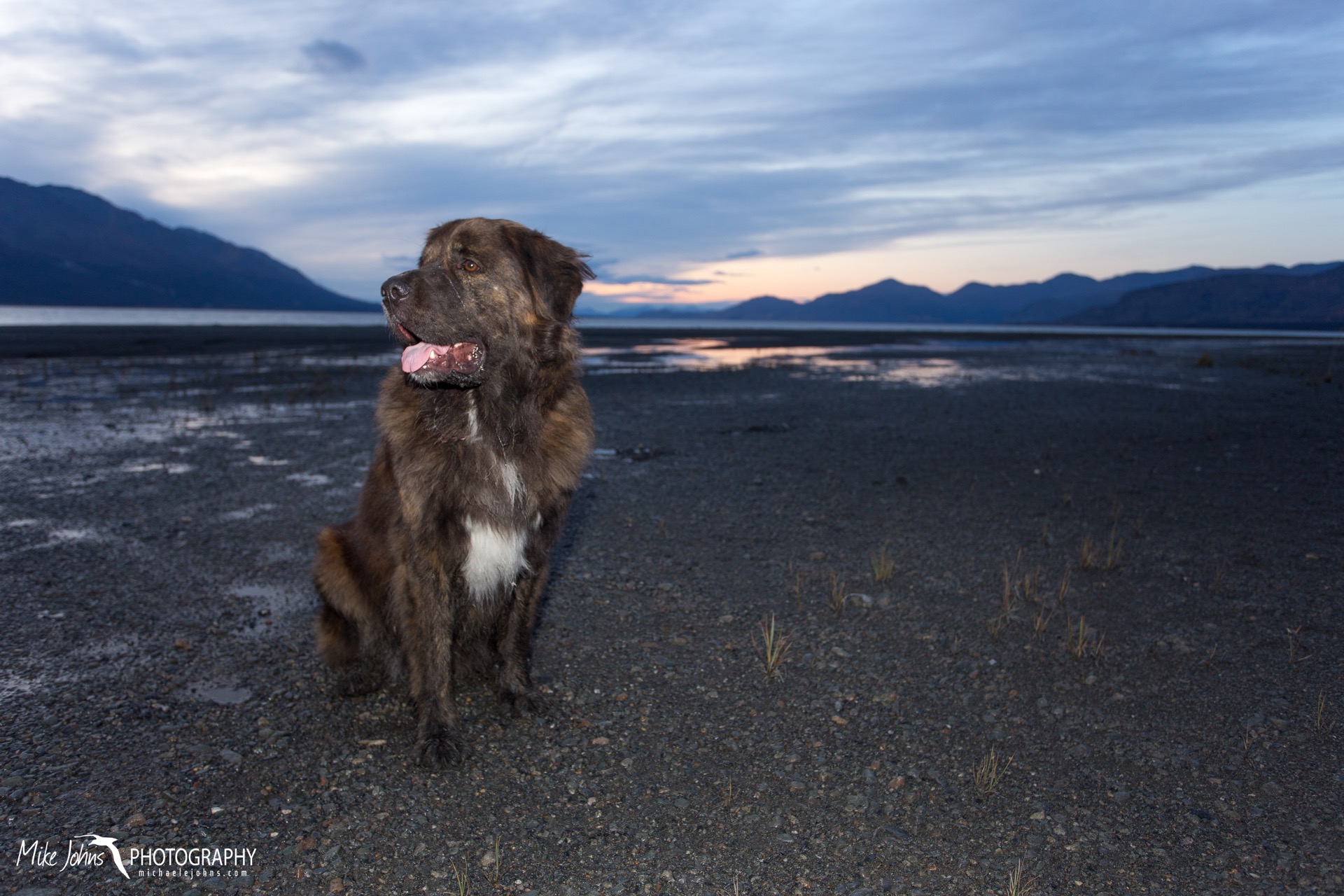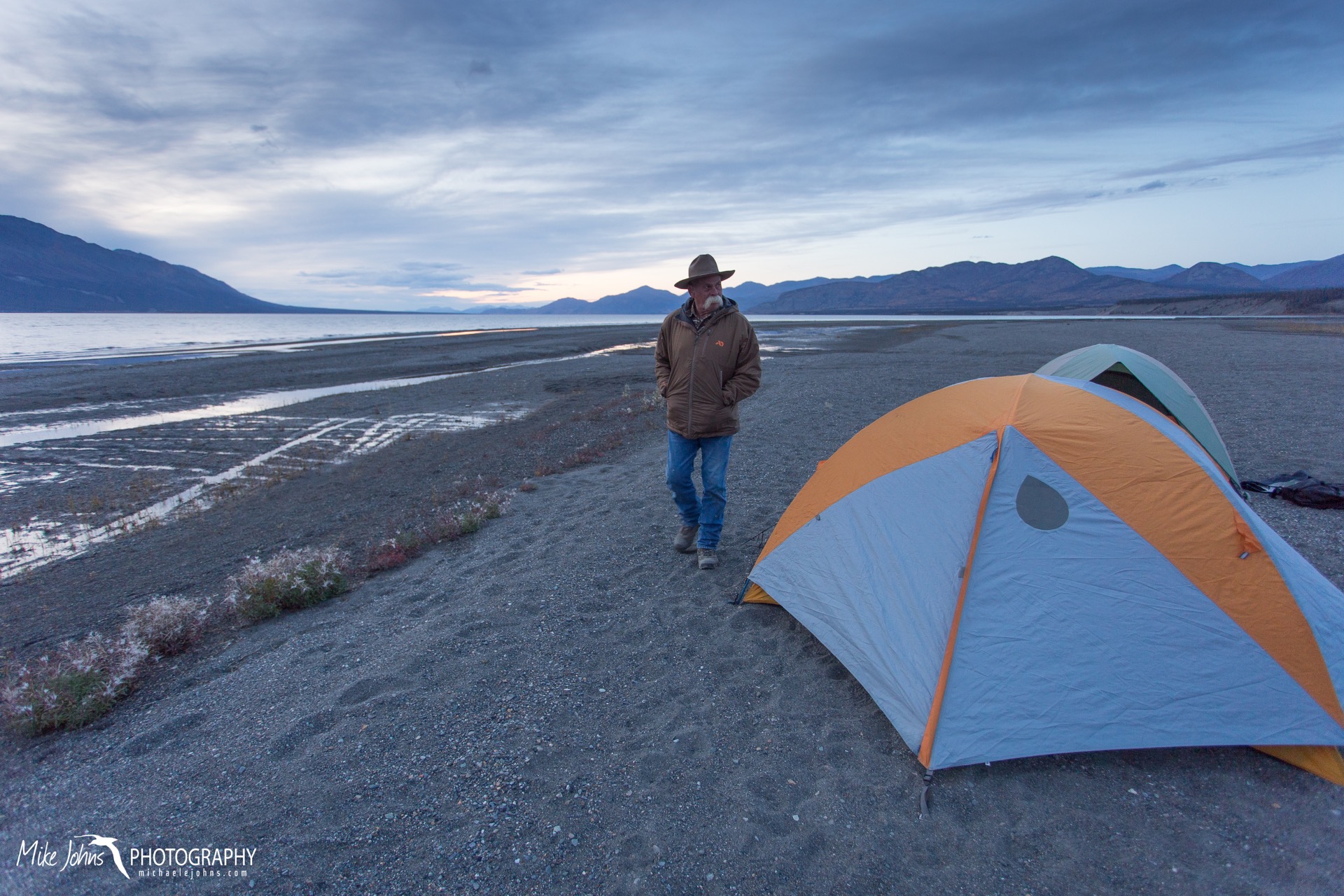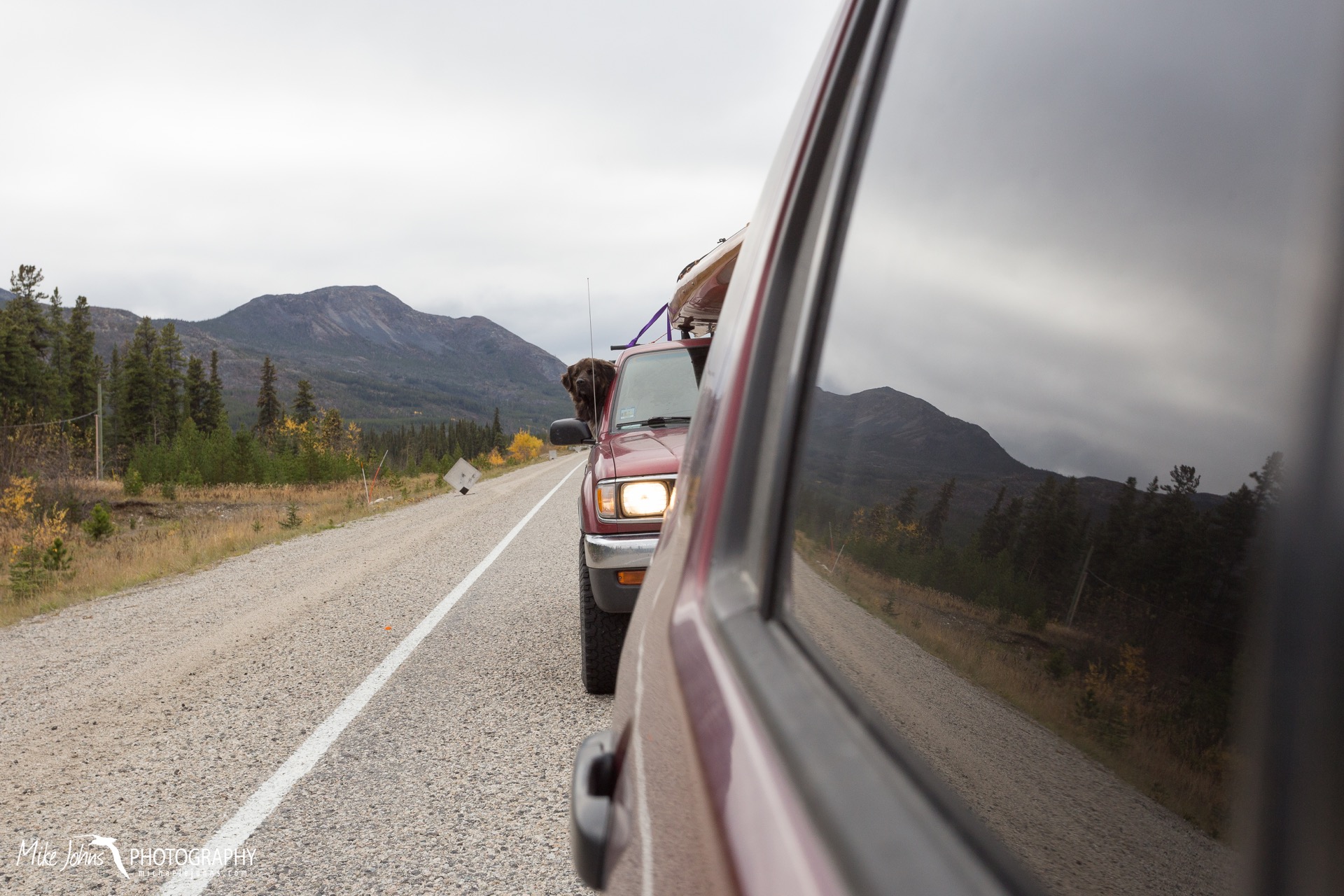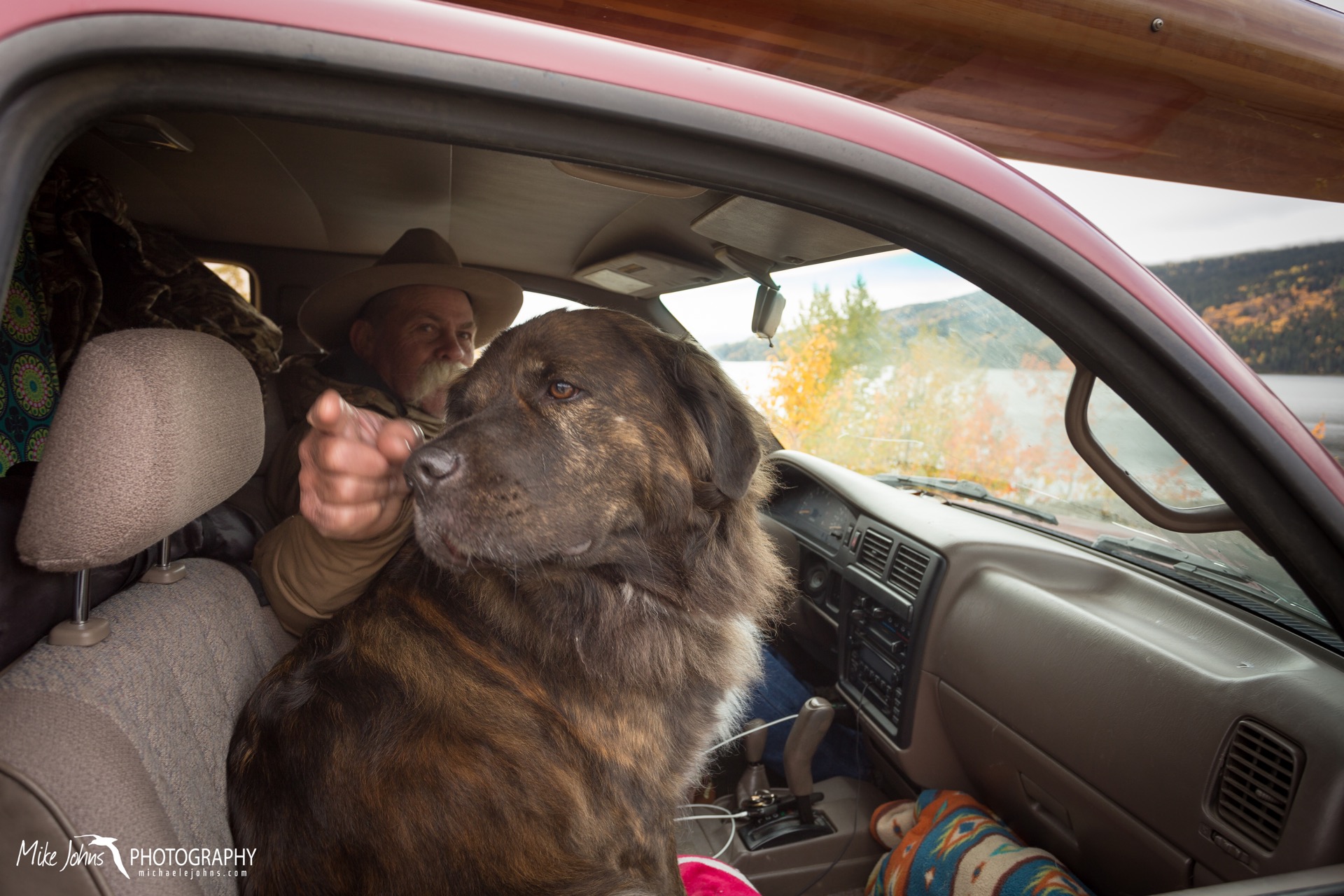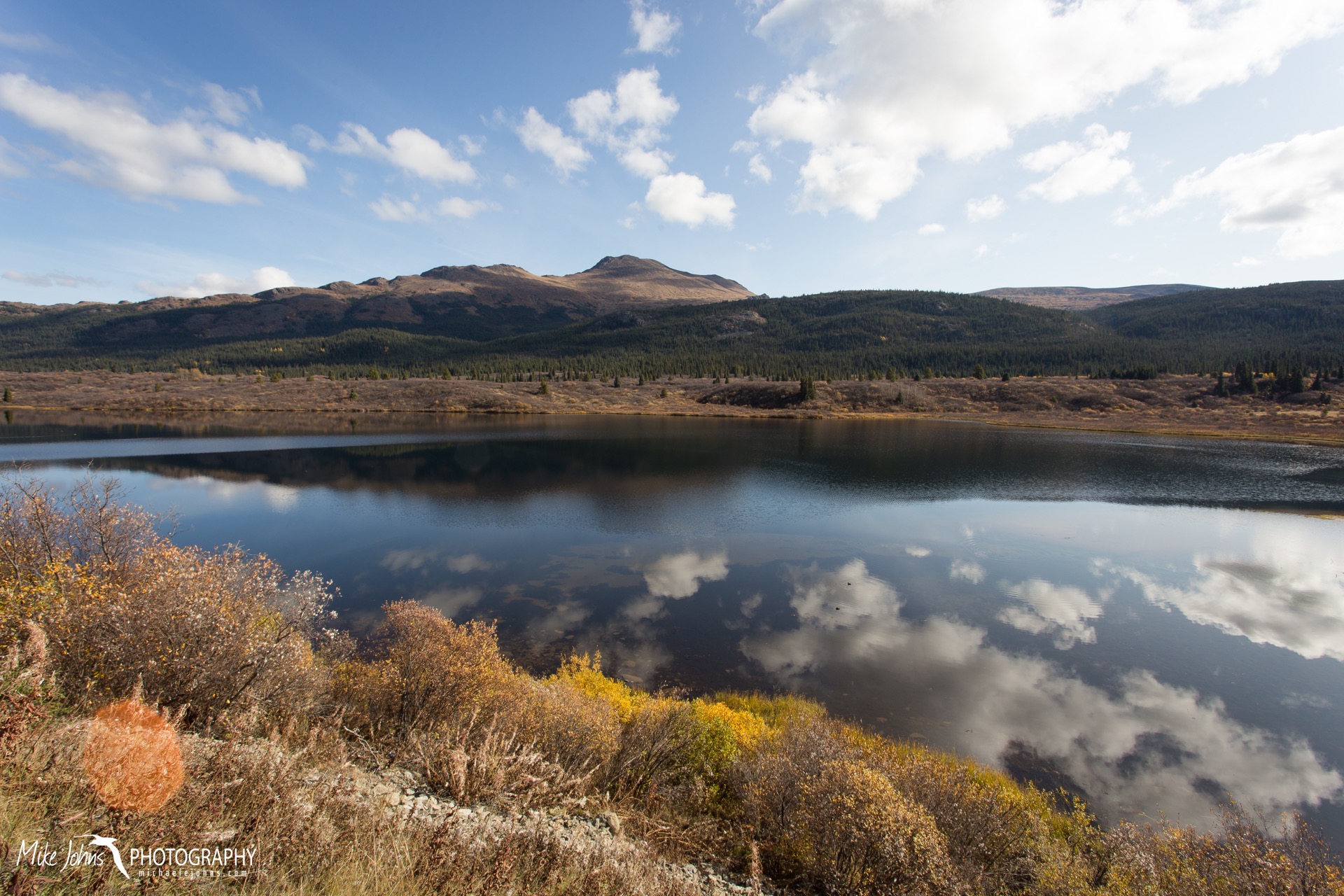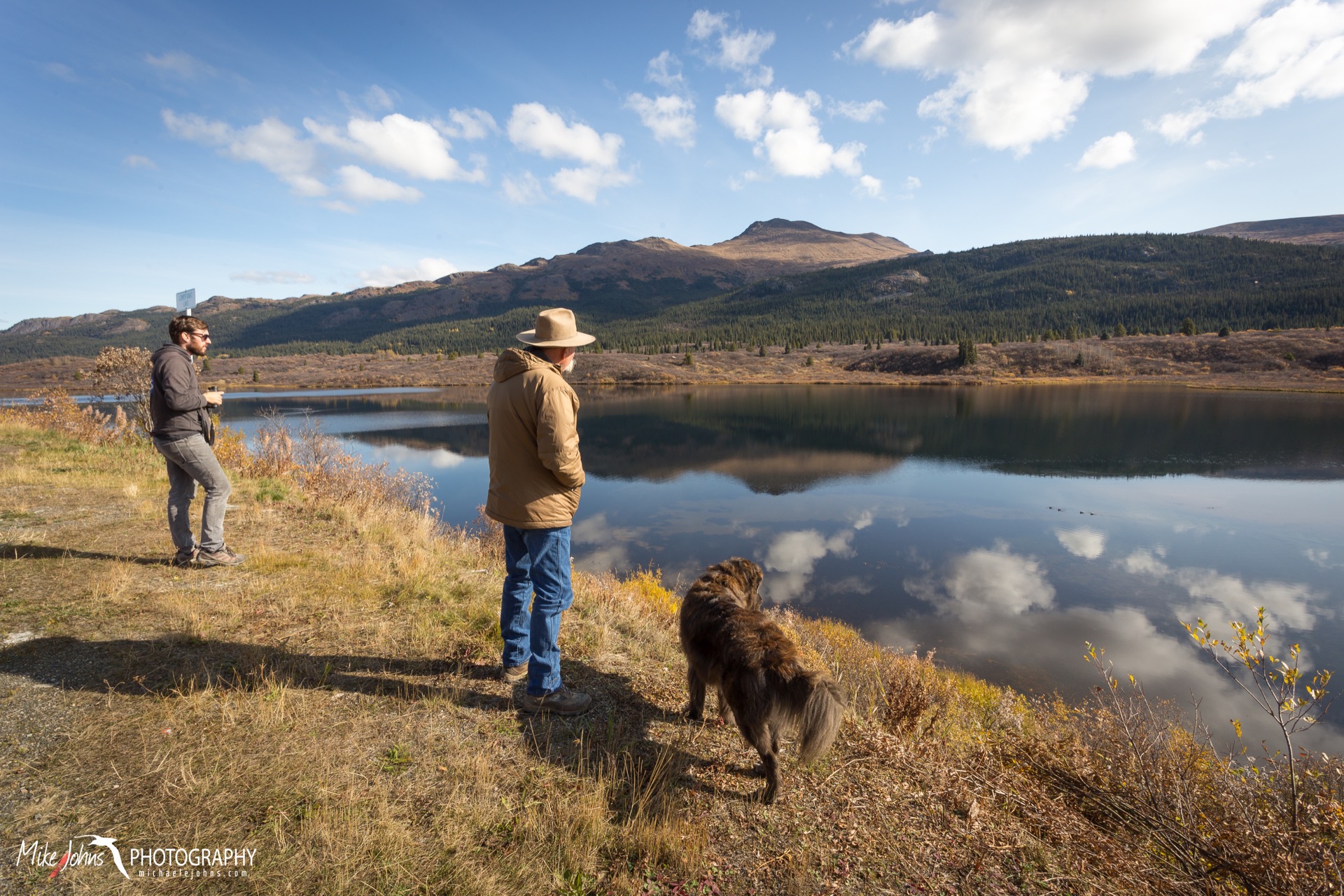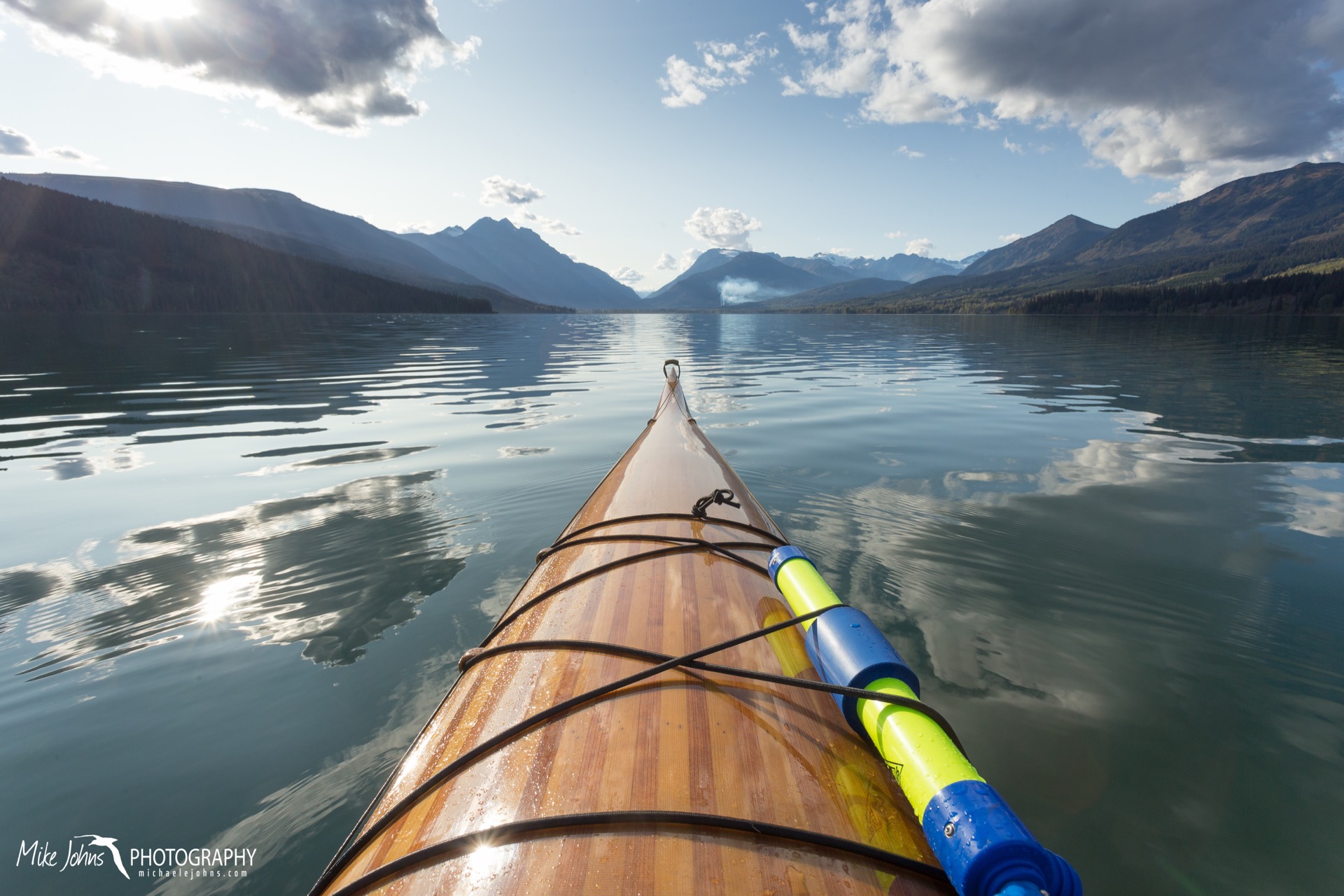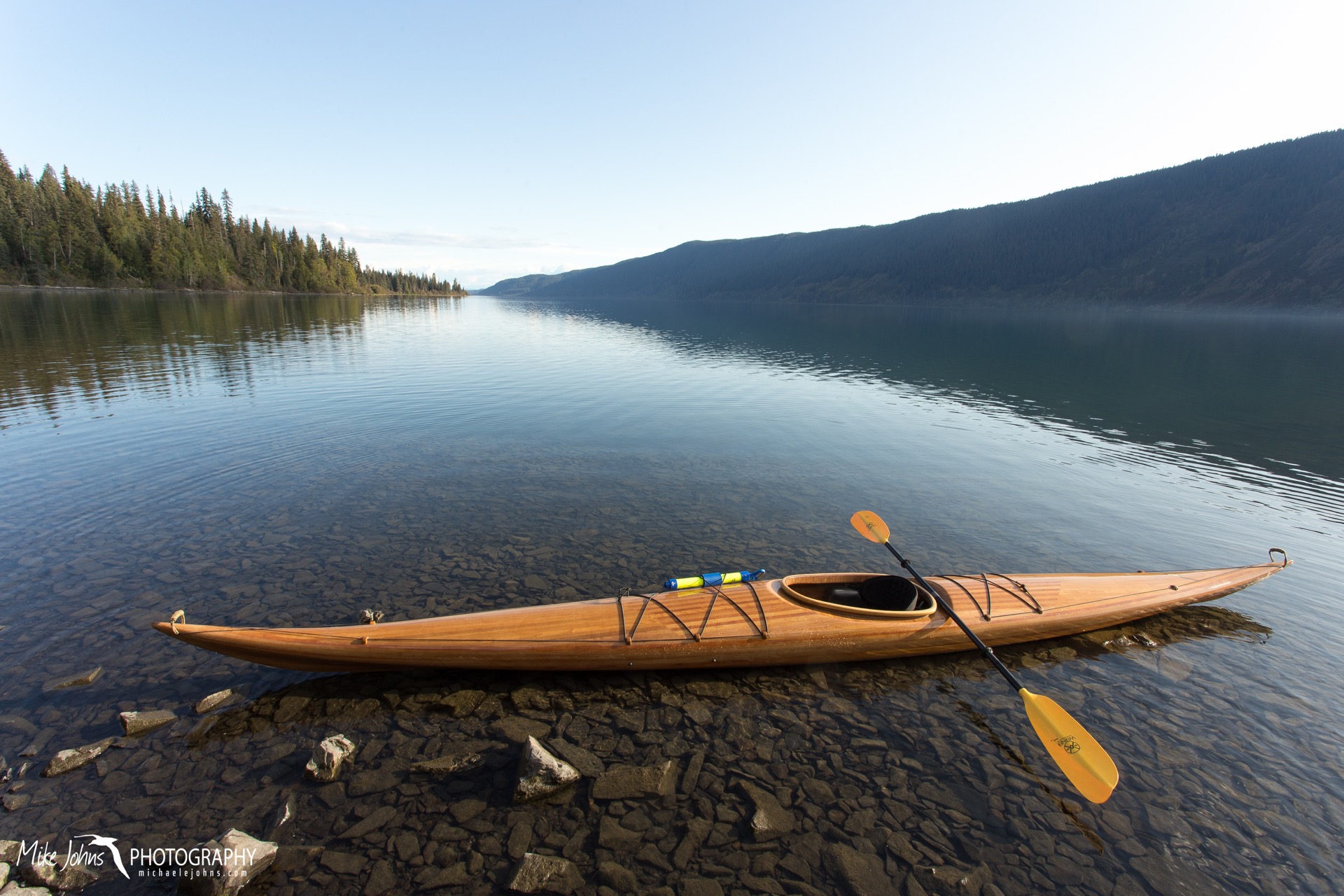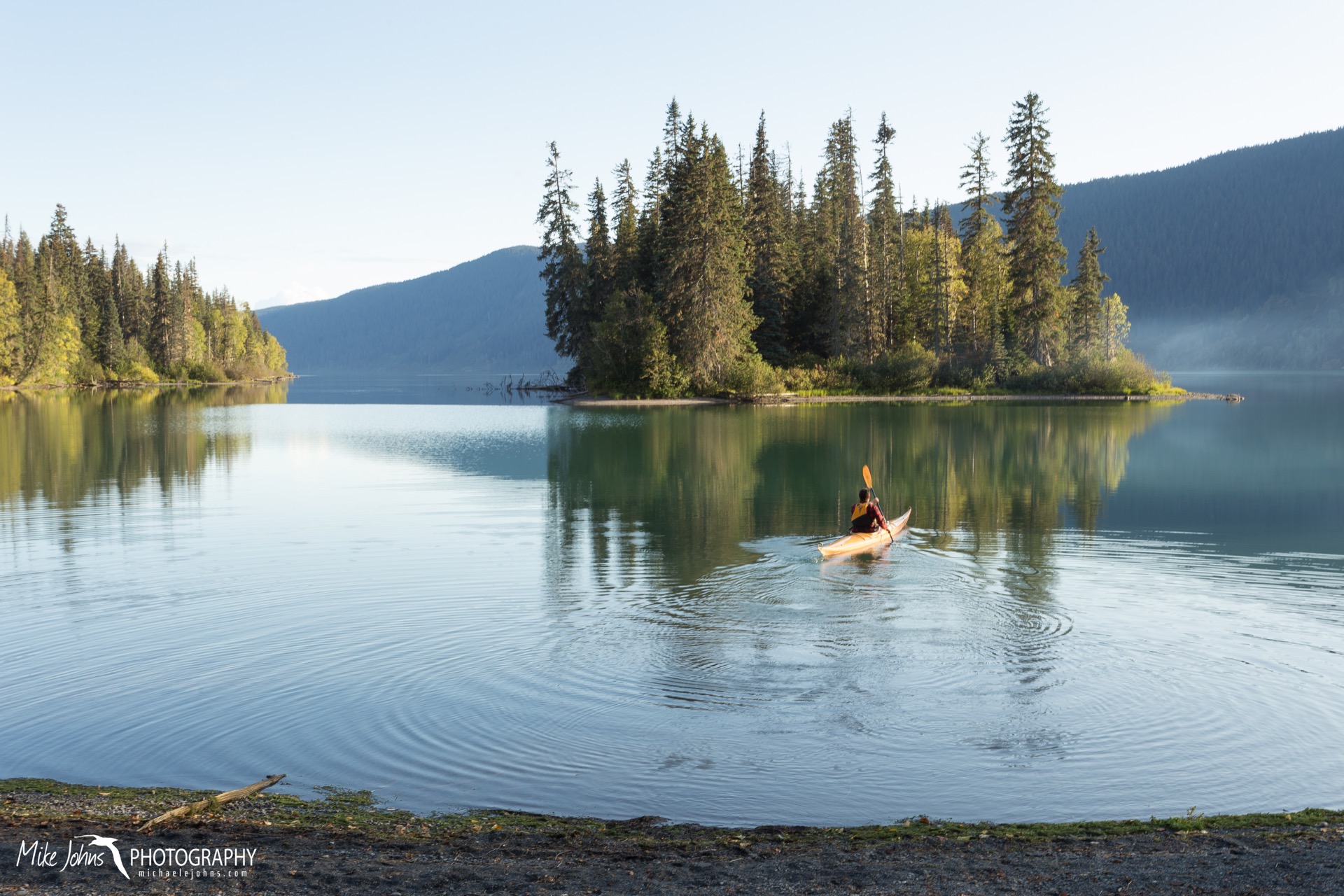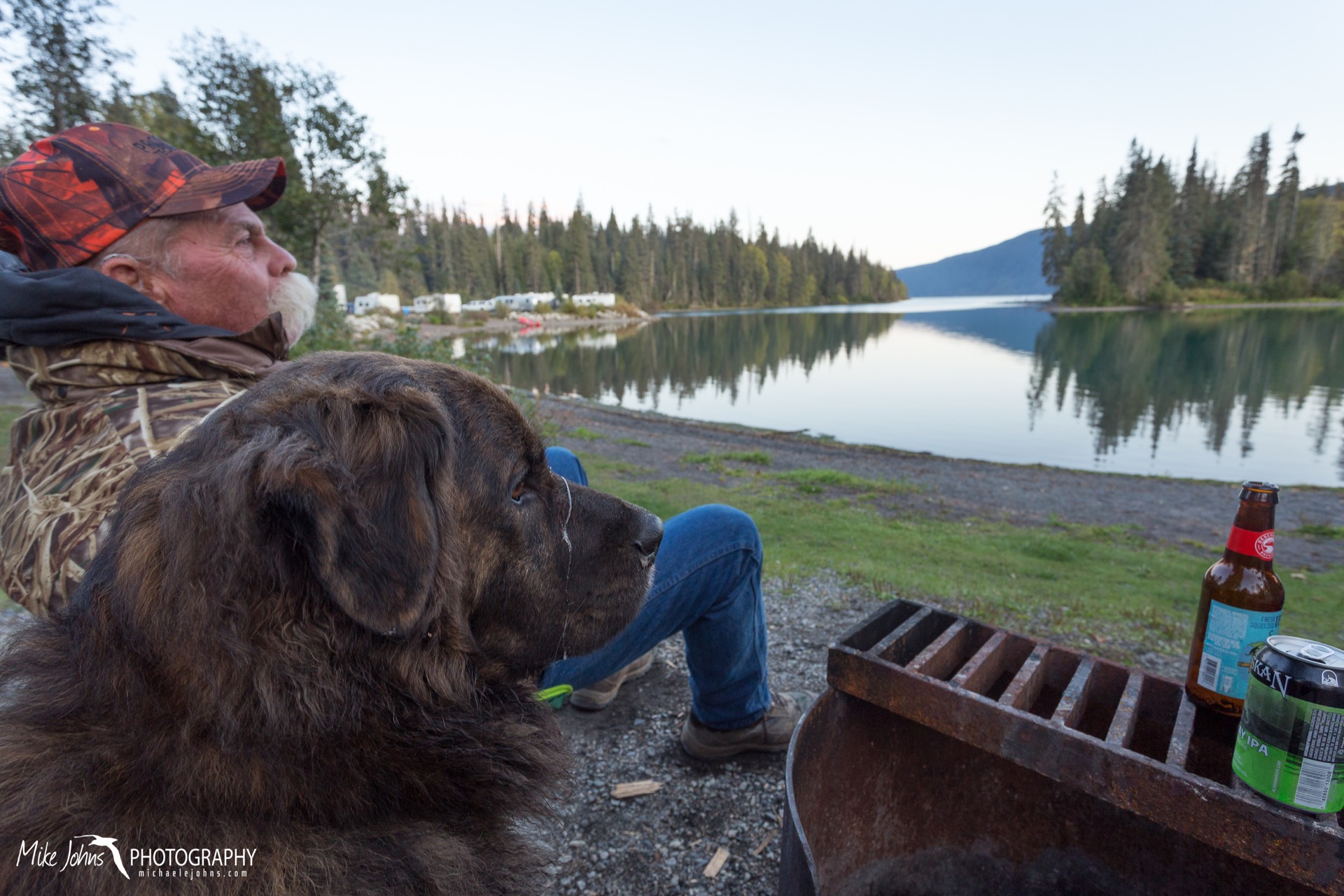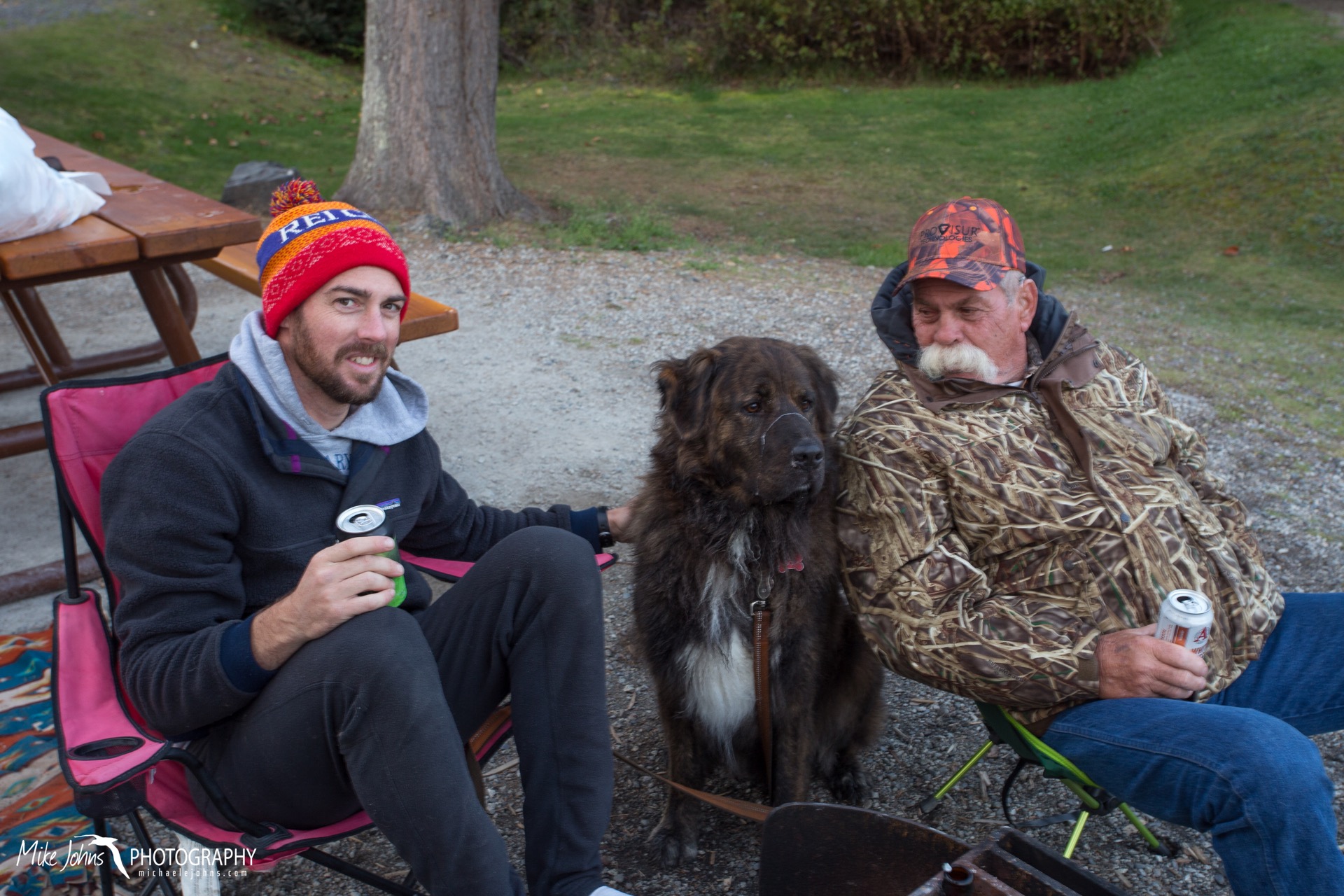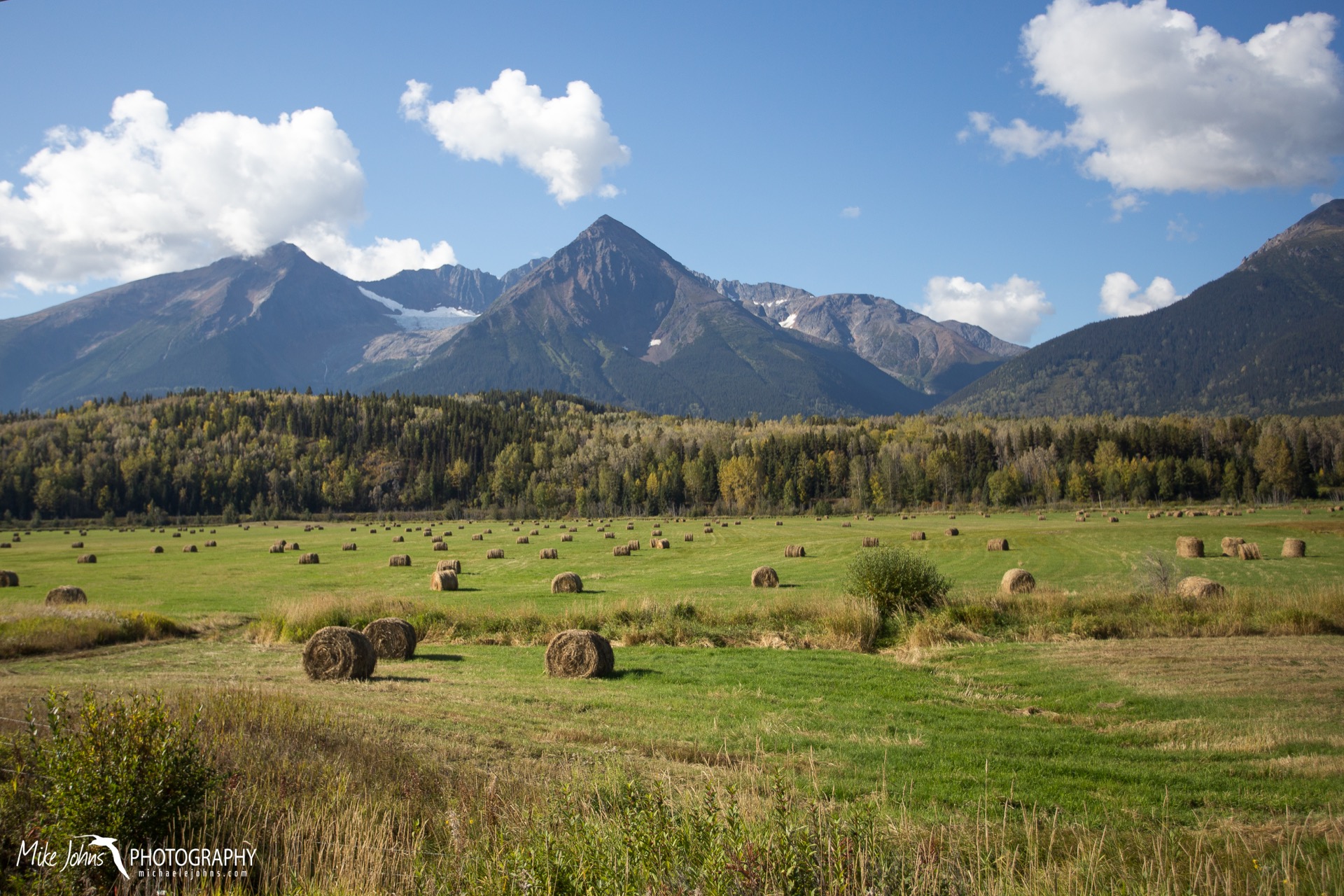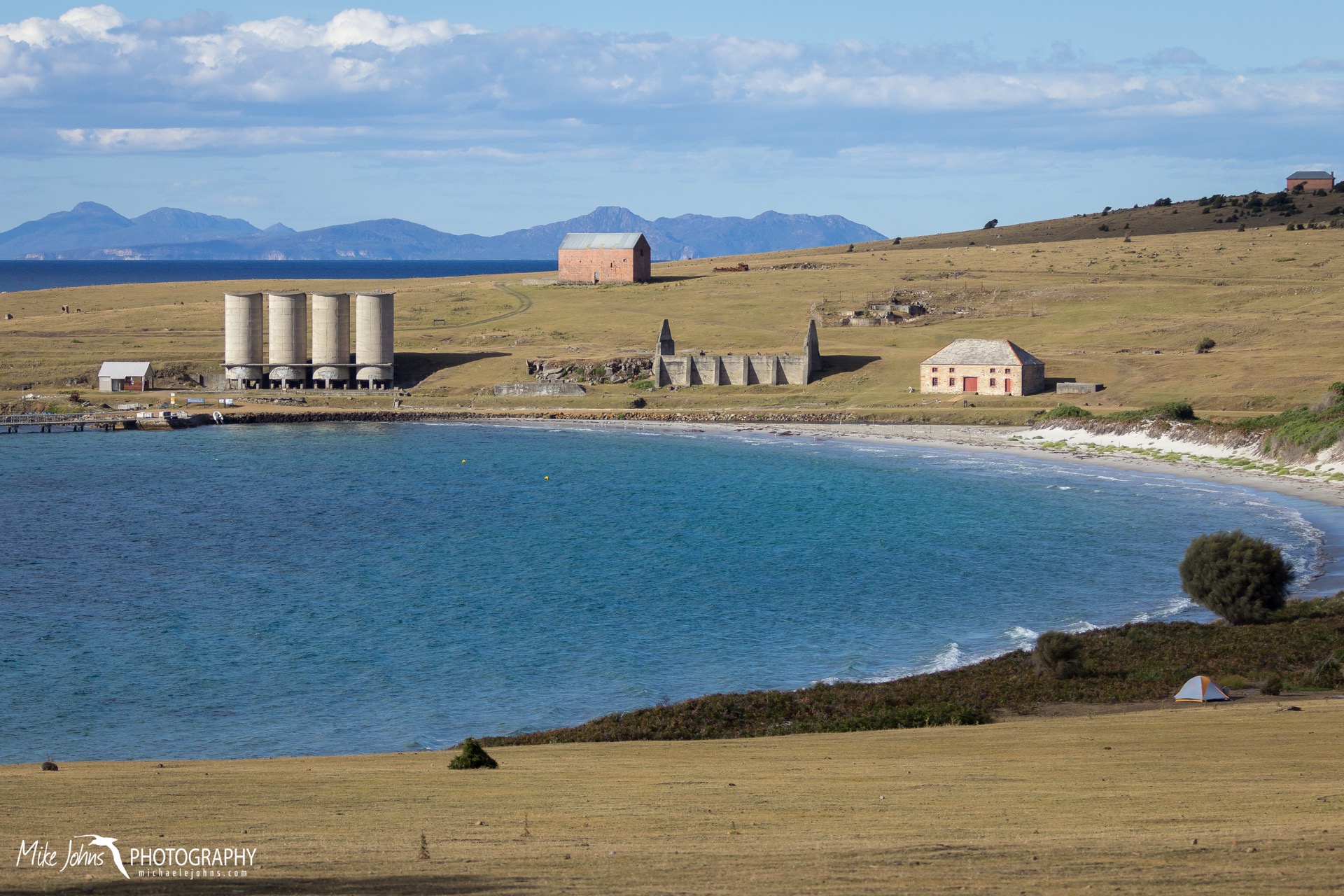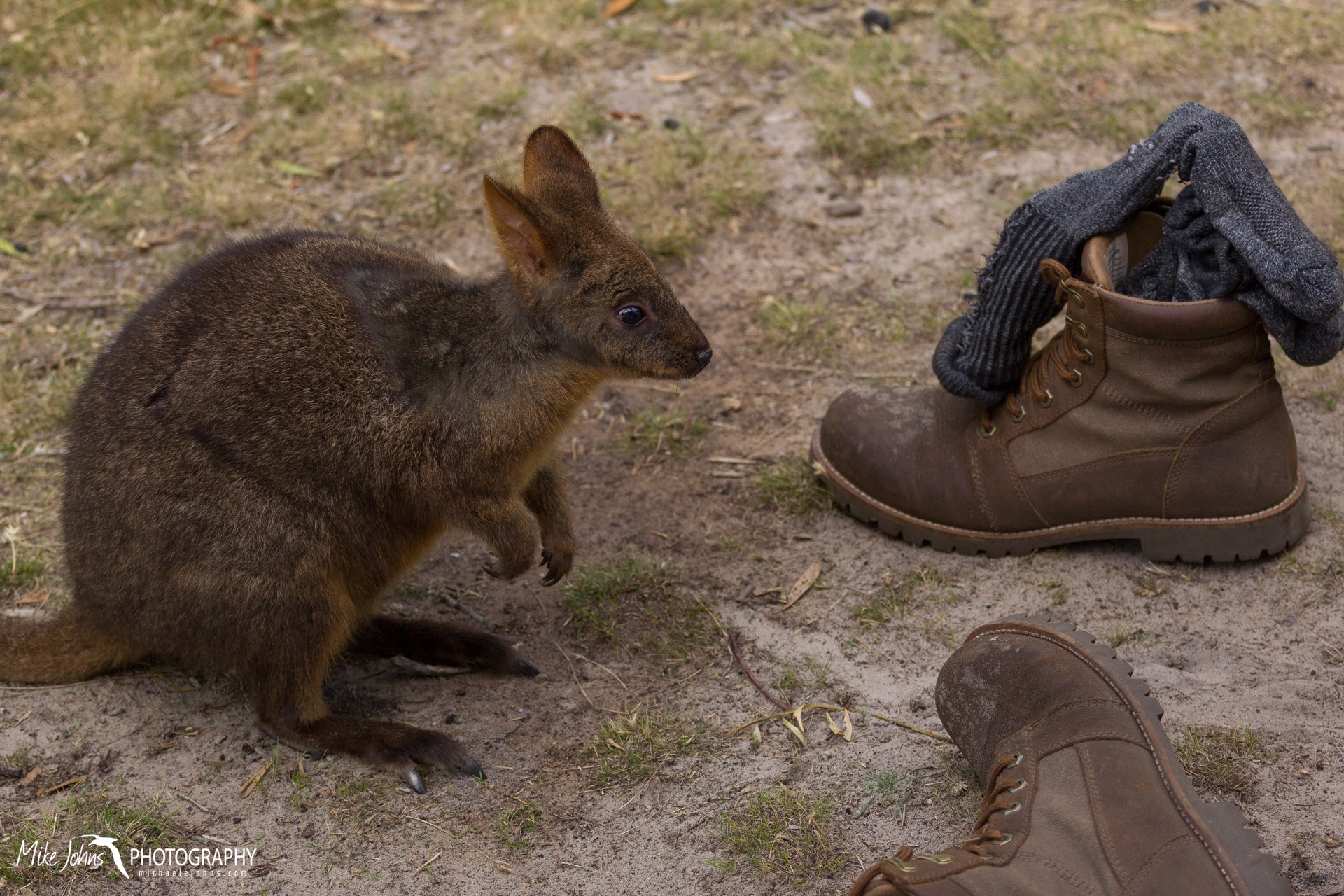Day 2: Remarkable Cave to Fortescue Bay
“You can drive on unsealed roads, you just won’t be covered by insurance”. Turns out you can’t get to any of the preferred destinations in Tasmania by only staying on paved surfaces, so despite the lack of coverage by Hertz, after a long drive down a dusty washboard we arrived at the Mill Creek Campground in Fortescue Bay. Surprisingly, our tiny bald tires survived the puncture-threatening rough road (and the many kilometers of future unsealed routes we later took). Fortescue Bay was where I spent a few days hiking on my first visit to Tasmania back in 2011, and is arguably one of the most beautiful spots on the island. I dug up the following passage from my travel notes back then, which I think sums up this part of Tasmania pretty well.
“I’m looking across Fortescue Bay to the cathedrals of rock, reaching vertically 300 meters. The sun’s late afternoon low light, absorbed by the lichen, paints a golden orange on the cliff faces with contrasting black boxy shadows. The wind is high, blowing wave tops into spray, creating miniature rainbows as the water rains down. Dozens of Shy Albatross furrow their brows as they patrol the surface in the wind, while Australasian Gannets, with a flash of white wings dipped in black ink, soar high above. Black Faced Cormorants dawned in elegant tuxedos stand idle by on the rocks around me, their wings outstretched and heated by the suns reseeding rays. Sooty Oystercatchers pierce the exposed limpets and mussels with their fire red bills, while the broad leafy fronds of Bull Kelp dance and slap as they fold in and out with the waves. Somewhere in the distance I hear the muted bark of an Australian Fur Seal, masked by the howling wind and the crash of the boiling surf. The entire scene, the setting sun, the chill in the air, the epic cliffs, and the abundant wildlife, is absolutely beautiful.”
Fortescue is where the Cape Hauy Track begins, a strenuous trail through dense forest that eventually gives way to epic views along steep dolerite cliffs sculpted by erosion into vertical geometric pillars of rock. Waiting until the morning rush of hikers had ended, we traversed the many steps on the 4-hour return trail and found ourselves at the scenic lookout with only a few other lone hikers. Brief refreshing squalls of heavy downpours rolled in as we neared the end of the trail, with thunder booms echoing through the hills behind us. After our hike, we cooled off with a swim in the Tasman Sea, where Casey nearly waded into a huge Smooth Stingray, the largest species of ray in Australia, which I thought was merely a massive clump of detached kelp.
